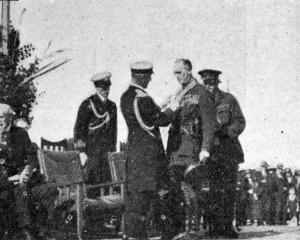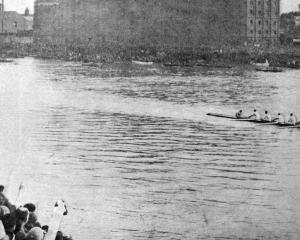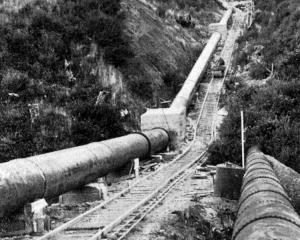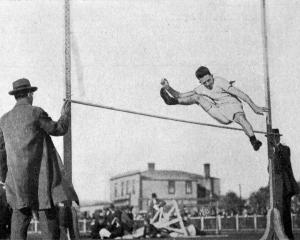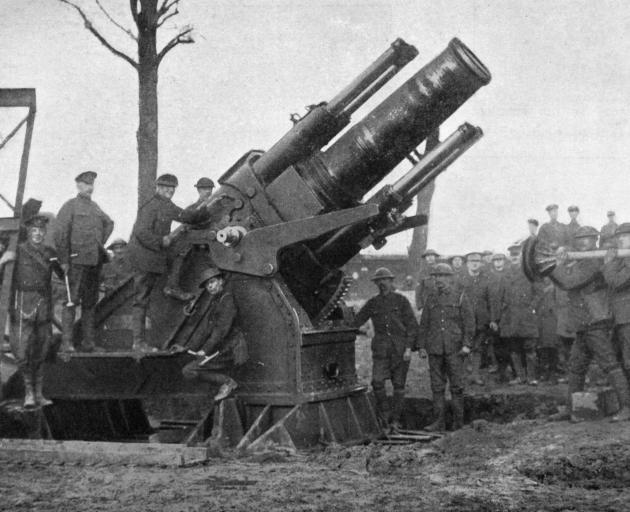
The bombardment is more and more savage, and of unexampled violence. Mr Lenior (deputy of Rheims) says there will be no town left eventually.
The method is to select one particular area of houses and batter it with shells until fires break out, then to put up a barrage of artillery which prevents the fire brigade or the inhabitants from doing anything to extinguish the flames, and any attempt at salvage.
When the area is blotted out the enemy starts on another, and so on. Twenty-five fires often break out in the town in one day. The casualties, all among the civilian population, are slight compared with the enormous number of shells fired.
It has till now been impossible to induce the inhabitants to leave Rheims, but 4000 of them are now to be evacuated on a promise given them by M. Lenior that they will be allowed to return ''as soon as the circumstances permit''.
College sheep stud
Some time ago the trustees of the Wanganui College thought that the spare ground at the back of the school could be used to advantage by running sheep.
The idea was to establish a stud flock of Southdowns, and to get the senior boys of the school's agricultural department to take charge of the sheep and thereby learn something of sheep-breeding.
Upon hearing this, Mr Howard Booth, of Carterton, suggested that the old boys should present the school with the flock. The old boy breeders were written to, and all fell in with the idea at once.
Mr Booth was at Wanganui on Saturday taking delivery of 21 purebred Southdown ewes, in lamb to pure Southdown rams. These ewes are being given to the school by 10 different breeders - all old boys of the college.
Women's prison at Addington
Some five years ago the Hon. J. A. Hanan, then a member of the Mackenzie Ministry, conceived the idea of opening the old Samaritan Home at Addington as a prison for women offenders, his scheme being to remove all the women from Lyttelton Gaol, and also make more room in the latter prison for southern convicts, thus leaving the Invercargill prison for reformative purposes.
He opened the Addington gaol for women in 1912, and soon afterwards went out of office. At that time there was not a single inmate in the gaol, but on Monday the Minister paid a visit of inspection to the institution and found it quite full.
The War Regulations have been responsible to some extent for the influx of female prisoners, and altogether there are at present 52 inmates of the institution.
Record gold return
Referring to the handsome return of 173oz 14dwt produced last week by the Rise and Shine No. 2 dredge, the Cromwell Argus says:
''This is not only a record for the Clutha, but it also, we think, easily eclipses any aggregate won by both the Rise and Shine dredges in the past. The No. 2 dredge now has, as far as our records show, gained a triple record, two highest returns, and two and three centuries consecutively. The dredge is now nearing the top boundary, and there are all sorts of conjectures as to where 'the run' leads. Nevertheless, it is pleasant to record such fine returns at a time when so much is being said about the decline of the industry.''
- ODT, 7.6.1917
COPIES OF PICTURE AVAILABLE FROM ODT FRONT OFFICE, LOWER STUART ST, OR WWW.OTAGOIMAGES.CO.NZ







